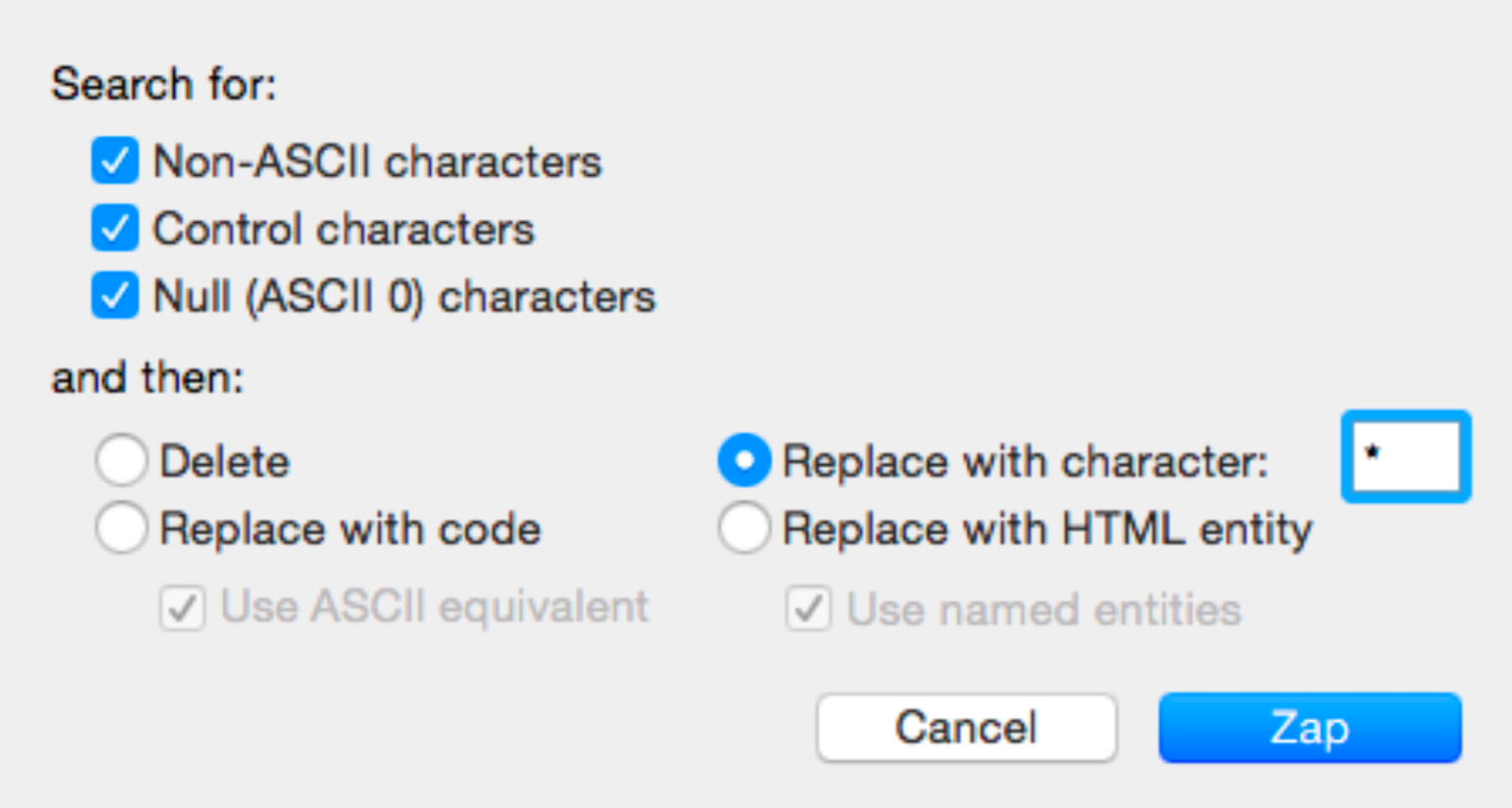Gremlins tracker for Visual Studio CodeThis Visual Studio Code extension reveals some characters that can be harmful because they are invisible or looking like legitimate ones. Features
You can also use the “Unicode code point of current character” extension to show information about the character under cursor in the status bar. Adding new gremlins charactersYou can configure the list of additional characters and how they are shown under user settings key As an example, the following snippet adds the "U+000C" FORM FEED character: Please help enhance the extension by suggesting new default characters, through Pull Requests or Issues. You can find all characters in Unicode Table. Language-specific gremlins charactersYou can override the characters for a specific language by configuring them in the
As an example, the following snippet adds the "U+000C" (form feed) character and disables the "U+00A0" (non-breaking space) character for markdown files: Hiding the gremlin icon in the gutter for a characterYou can chose to hide the gremlin icon in the gutter for some characters. Still under user settings key For example, this removes the gremlin icon in the gutter for non breakable spaces: Displaying gremlins in the Problems paneBy default, gremlins will be highligted in the text editor and an icon will be displayed in the gutter for each line with at least one gremlin. You can toggle whether gremlins also show in the Problems pane with user settings key
Displaying end-of-line charactersIf you want to display end-of-line characters, you can use the Render Line Endings plugin. Standing on the shoulders of giantsVS Code Gremlins was initialy heavily inspired by Sublime Gremlins, a Sublime Text 3 plugin to help identify invisible and ambiguous Unicode whitespace characters (zero width spaces, no-break spaces, and similar.). I later discovered the “Gremlins” name had already been used a long time before, in some editors: Bare Bones Software's famous BBEdit HTML and text editor for macOS has a “Zap Gremlins” feature since its first public release April 12th, 1992! Here's how it looks in recent versions:
It looks like people liked this feature so much that they made a dedicated website, unfortunately not anymore. Thanks Archive.org for the cached version:
LicenseMIT |









